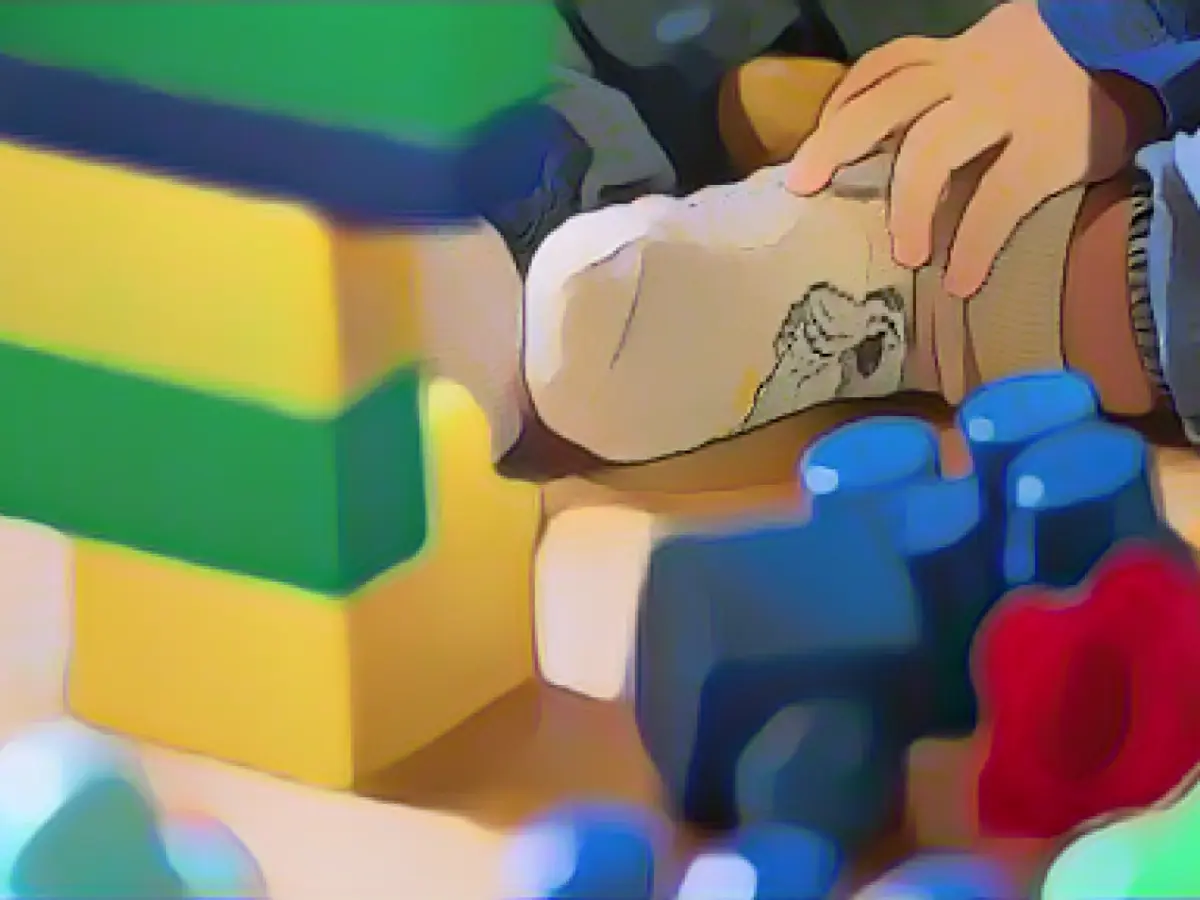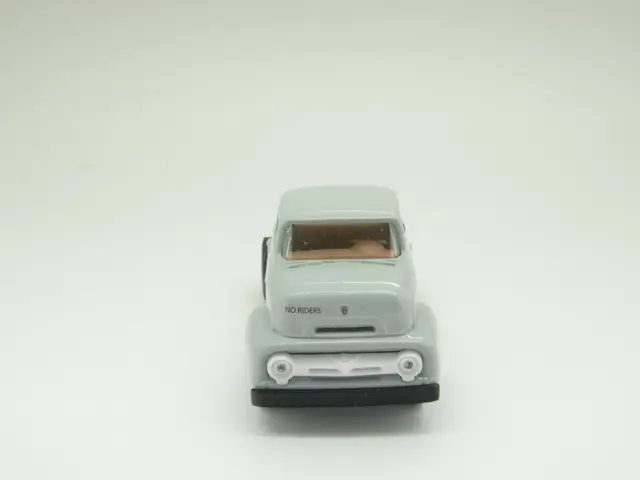Cautious Shoppers Should Beware of Health Risks in Kids' Toys this Holiday Season
Wednesday saw the Rhineland-Palatinate State Investigation Office (LUA) issuing a warning about potential health hazards associated with children's Christmas presents. An alarming 30 out of 163 toy samples tested were rejected by the LUA, with eight samples found to be chemically abnormal and inaccurate labeling spotted in 25 cases.
When it comes to buying toys for your little ones, it's essential to steer clear of poorly made products with sharp edges or strong chemical odors. Opt for the GS mark (Tested Safety) as it indicates the product has undergone thorough safety testing, mitigating health concerns. However, it's worth noting that while the CE mark implies independent testing, it does not guarantee the same level of safety assurance as the GS mark.
Tiny tots, under three years of age, particularly, tend to explore their environment with their mouths, increasing the odds of swallowing or inhaling harmful substances. Therefore, a thorough laboratory analysis for possible toxic substances is highly recommended.
Recent discoveries by the LUA have revealed the presence of forbidden and allergenic preservatives in three different samples of finger paint. Additionally, non-approved colorants were detected in other brands of finger paint. Two toy samples, constructed from paper and cardboard, were found to contain carcinogenic or kidney-toxic chloropropanols (1,3-DCP or 3-MCPD). Regrettably, there are no legal limits yet established for these substances, meaning they continue to circulate in the market.
In a nutshell, vigilant consumers, particularly in Rhineland-Palatinate, should prioritize caution when purchasing children's toys, emphasizing proper labeling and selecting trusted brands sporting safety certifications to safeguard their children's health.
Accurate and up-to-date information on chemicals and substances to avoid in children's toys can be found at the European Chemicals Agency (ECHA) or the U.S. Consumer Product Safety Commission (CPSC)[1][3].
Additional Reading:
- The European Chemicals Agency (ECHA) and the U.S. Consumer Product Safety Commission (CPSC) periodically update their guidelines and warnings regarding dangerous substances in consumer products, including children's toys[1][3].








